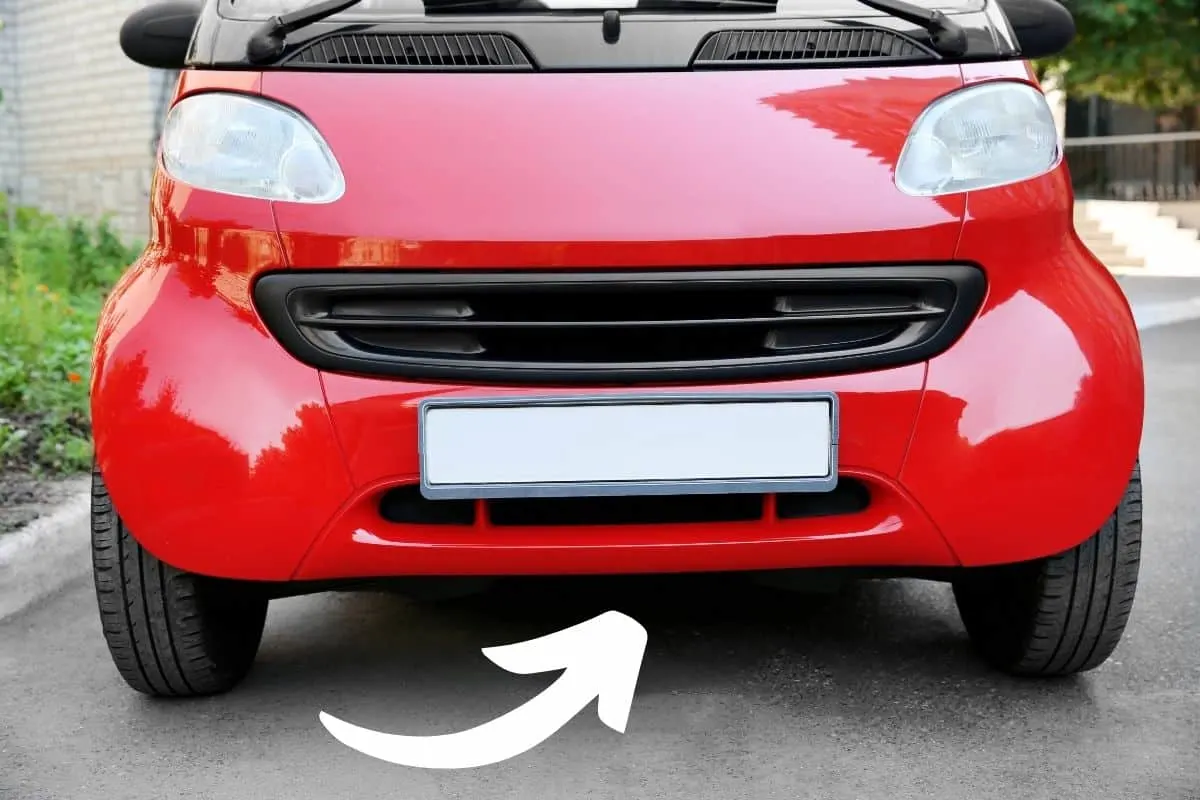Humans have evolved to recognize faces in areas there may not actually be a face such as in the way windows line up on a house or how the front of a vehicle looks. It helps provide a sense of familiarity and closeness with an inanimate object. This is commonly known as anthropomorphizing and humans have been doing it since the beginning.
In today’s modern world, many people see faces or facial features in their cars. Many car designers will intentionally design cars in such a way that the headlight and grille position recreate a friendly or eager facial impression when we glance at them.
But why do they do this?
Several studies have been done on the matter and results have shown that when we look at a car that looks similar to a face, our brains’ facial recognition cortex is activated. We feel a connection to the object and are therefore more accepting of it.
Keep reading to learn more about why people often think that cars look like they have a face, and why that design might be intentional!
Who Designs the Look of a Car?
There are various people that work together to design the overall look of a car, however, not everything they design can be used. Many aspects of vehicle design are scrapped as the government has strict guidelines that must be followed for almost every facet of car design.
You might be surprised to know that there are requirements on the size of headlights and taillights, how sharp decorative creases and other accents can be in the exterior body, as well as
For the interior, a team of designers will fine-tune the gauges and controls, make decisions on different comfort aspects such as lighting and seat placement, as well as what upholstery will be used on the seating, flooring, and ceiling. This is done in such a way that safety is not decreased for either the driver or the passengers, and the car still meets all government regulations.
When it comes to exterior designs, as well as the front of the vehicle that can look like a face, automobile designers will decide on a wide range of features and how they work together. For example, if the vehicle has large headlights, it may be paired with a smaller central grille to give it a more friendly or feminine look.
The exterior designers will also make choices on the overall shape of the vehicle, and how colors are mixed on the main body as well as for trim. This directly impacts the visual effects of the vehicle and may help to emphasize the familiar face you might see when looking at the front of the car.
In order to determine what a car will look like before it goes into production, 3D computer modeling, as well as clay sculpts, are used to get a real visual of the shape and proportions. Sketches on paper and computers are also used to make changes to things easier than you could with a clay sculpt.

Why Do Cars Look Like They Have a Face?
Pareidolia is the term used for when humans can recognize a face or other facial features in objects where there is no actual face. This can be clouds, specks of dirt on clothing, or the lines in the wood on a piece of lumber.
Many people also say they recognize a face or main facial features in the front of their car, and research can back this claim up. When people view a vehicle that has a facial look to it, their brain reacts in the same way as if they were recognizing a familiar human face.
This pareidolia is a way to make us feel more connected to our cars and in many cases, vehicle designers intentionally attempt to create facial features in their vehicles.
The headlights can make up the eyes, the grille can be a nose or mouth, and other features can be found nearby to help add to the illusion such as an emblem or front spoilers. Some researchers claim that most humans are drawn to vehicles that look aggressive or bold, while others prefer vehicles with a more cute and childlike facial feature.
Regardless of which face you may recognize, and what trait you apply to it, the facial recognition you have with your car can lead to a more favorable experience towards that brand or model.
It’s familiar to you, like an old friend, and auto designers will go to great lengths to help ensure that feeling is maintained throughout later model revisions.
Related Questions / Frequently Asked Questions (FAQs)
Why does my car look angry?
Many higher-end sports cars have what has been described as an aggressive, dominant, or masculine face. The slanted headlights and narrow grille can give a very no-nonsense expression to the anthropomorphic facial features you recognize on the front.
What is Pareidolia?
This is the term used for recognizing faces in places where there are no faces, such as clouds, vehicles, wood grain, or oil puddles on the ground. Anthropomorphising is another similar phenomenon where humans apply human traits to inanimate objects such as computers.
Am I weird if I think my car is smiling at me?
The front of many vehicles have been designed to have a happy-go-lucky or friendly look to them. One of the most notable friendly-looking cars is the newer model of the Volkswagen Beetle. Many people have said the headlights and trunk crease look like a smiling face.
Conclusion
Whether you think you see a face in the front of your car, or you find the whole idea silly, the fact remains that car designers do in fact try to make their vehicles trigger the part of the human brain that recognizes facial features.
If you can recognize a face in the vehicle, and it looks like it has an attitude that you approve of, such as masculine or happy, you will develop a form of acceptance with that vehicle manufacturer.
